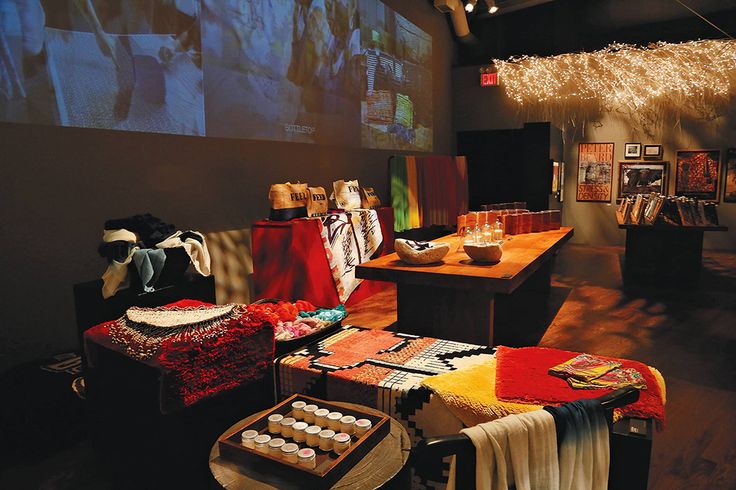STANFORD WHITE (1853-1906)
Stanford White is most notably known for being one of the founders of the architecture firm McKim, Mead, and White. He is also known for designing the Triumphal Arch in Washington Square park. Although his architectural resume includes some heavy hitters such as Madison Square Garden, the New York Herald Building, and the Manhattan Municipal building, White always had a passion for the decorative elements as well. He possessed an incredible talent for interior design and furnishing and he loved collecting antiques, paintings, and sculptures. White thoughtfully took his clients' personalities into account and had an attention to detail that added an incredible personal element to residences he designed.
FRANK LLOYD WRIGHT (1867-1959)
Frank Lloyd Wright is considered one of the world's greatest architects, but he was also considered quite controversial. Wright was known for several different types of architecture including his organic designs that were based on the philosophy of building around nature and for nature. Besides the incredible work he did on the outside, he also designed every interior from head to toe. To him, form and function were one. Wright had a vision for every building he worked on and he saw that vision all the way through from the stained glass to the carpeting. He designed structures with a certain sentiment in mind - architecture for everyman, instead of everyman for one type of architecture.
CHARLES GWATHMEY (1938-2009)
Charles Gwathmey was lucky to start his career by designing, with complete freedom, his parents' Amagansett house in 1965. He treated the residence like it was a piece of sculpture by bringing in primitive forms and pops of primary colors. While the outer structure had a modernist or even "harsh" boxy look, the interior had a more organic feel. It became the modern beach house that is mimicked all over the Hamptons today. Later on in his career he was recognized as part of the "New York Five", a group of architects with a common allegiance to a pure form of architectural modernism. One of his signature decorative elements was to add a curve feature to accentuate certain rooms. His interiors were known for complimenting his larger than life architecture, while maintaining sensitive and minimal characteristics.
ZAHA HADID (1950-Present)
In 2004 Zaha Hadid became the first woman recipient of the Pritzker Architecture Prize. She has designed buildings all over the world; from museums to retail stores as well as commercial buildings. Her architecture is characterized with large curving structures and is distinctively neo-futuristic. Hadid has also been undertaking more interior design and production work. Not only has she been collaborating with design companies such as B&B Italia and Lacoste, she also oversees the interiors of her own projects. Hadid incorporates sculptural walls, curvaceous ceilings, and angular furniture, always creating an interesting look. Her interiors flow from room to room and offer so many unique details - there is always something new to explore.
DAVID ROCKWELL (1956-Present)
David Rockwell has not only created an award winning firm for Architecture and Interior Design services but he employs strategists, coders, and engineers to round out his team. Rockwell Group is innovative and tech savvy - the firm embodies the sentiment of how an environment can change a person's attitude. Rockwell is able to imagine new worlds and is never afraid to ask the question 'What If?' (hence the title of his book). This sense of imagination and exploring comes from his upbringing in the theater, and his continuous work with set design for Broadway theater productions. His interiors showcase this train of thought by incorporating state of the art lighting systems, and arresting visual effects. Although he doesn't literally bring the theater into his designs, he keeps it in mind when creating areas for the forefront or background of a project- where clients or visitors can be seen or unseen, perform or just observe.






























































































































































































